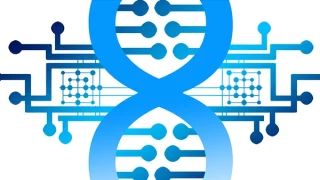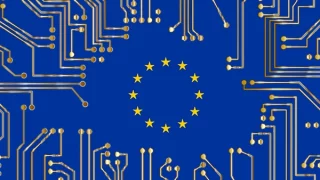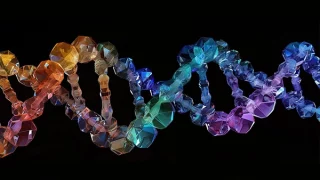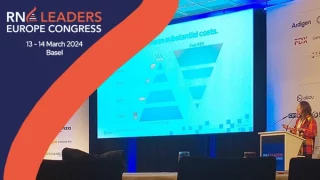The Abzu blog is where data meets discovery.
Dive into the heart of RNA therapeutics and beyond in Abzu’s blog.
The Abzu blog explores a world where drug design meets ethics, and culture intertwines with cutting-edge science. Your next insight starts here.
Journey through the minds of Abzoids in the Abzu blog.
Insights, innovations, and inspiration from Abzu's experts.
Welcome to the forefront of a revolution in RNA therapeutics and explainable AI. In the Abzu blog, we unravel the complexities of groundbreaking research, share the stories behind our innovations, and offer perspectives that illuminate the path of discovery.
Select your favorite topic.
Or simply browse the Abzu blog:
We ditched the traditional swag option for a more personal and green approach: We encouraged Abzoids to bring their preferred textile – preferably pre-loved – to screen-print our logo on.
A strategic partnership with Contera Pharma included ASO and siRNA therapeutic designs and target identification.
Explainable AI has huge potential to accelerate disease understanding and drug design by revealing the biological mechanisms that drive drug activity, stability, safety, and delivery.
In the life sciences sector, many AI applications fall under the high-risk category.
Here we use the QLattice® to generate siRNA activity models from publicly available data to create insights that can be used to design active siRNAs.
Part one of a two-part developer diary on building a stratified data splitter for Abzu's python library Feyn and the QLattice.
Our proprietary technology and brilliant Abzoids ensure that each step that we help our partners take in their pipeline is actually a leap towards viable, in vivo success.
RNA Leaders Europe is the #1 event focused on the development of mRNA, RNAi, ASOs, oligonucleotides, vaccines, microRNAs, genome editing, wider nucleic acids & RNA targets.
Subscribe for
notifications from Abzu.
You can opt out at any time. We’re cookieless, and our privacy policy is actually easy to read.

















